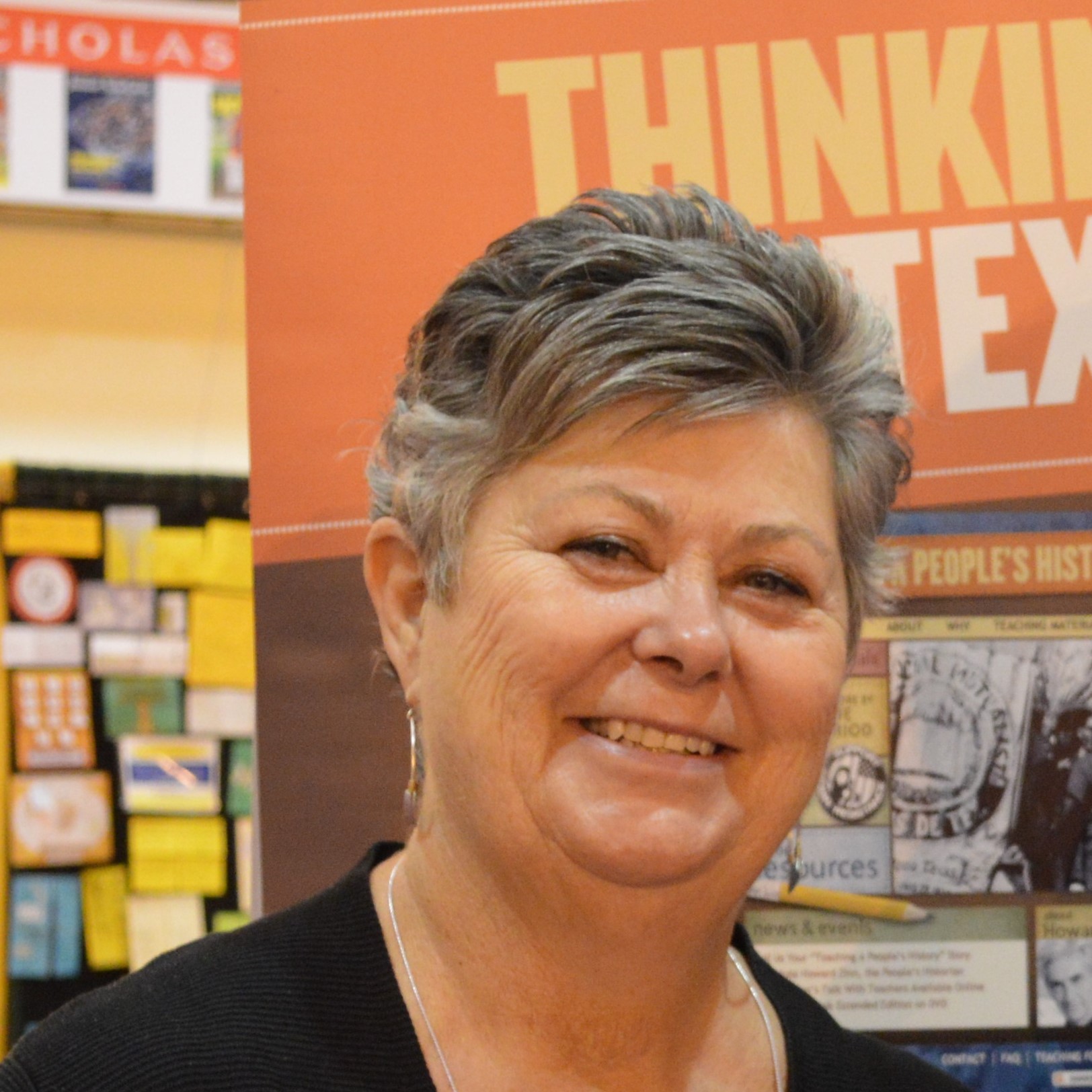Gender: A Restorative Way of Thinking
When you are bullied in school based on gender, you feel unsafe to be in this community and feel too shy to tell someone. If that is the case, then one productive action to take would be to come and visit one of gender studies’s powerful seminar hosted by a powerful speaker who really has a strong understanding on how to solve gender and social inequalities in schools.
For example, on October 17th, I went to visit a lecture on Preventing Gender Based Violence through Restorative Justice hosted by a powerful woman named Kiara from Pawtucket, RI. This lecture talks about how people with different genders are bullied and provides some solutions on how we shall prevent others from bullying. This can be involved and take place at home, school, and/or any other location. As she talked about the basics of gender bullying, Kiara talked about how we should use restorative justice (such as talking to others and discussing how can we solve this issue) rather than retributive and punitive justice. For example, if gender bullying happens at school, I believe that there is a guidance counselor or possibly a school principal that we should talk to in order to get restorative justice instead of just being punished by rules. Gender is a voice, a voice where you speak up for yourself and not be shy or too afraid of the bully. Despite this example, I found three articles from Johnson, Delpit, and August.
Connection 1: Johnson’s Article
My social justice event connects to the first article from Allan Johnson’s article, Privilege, Power, and Difference. From this article, Johnson argues about how important it is to talk explicitly about issues of privilege, power, and difference and work towards a more just and respectful world. One quote that I found that connects Johnson’s argument to my gender social justice event really exhibits a powerful message that says, “WE CAN’T TALK ABOUT IT IF WE CAN’T USE THE WORDS” (Johnson 11). This powerful message teaches gender-based students how to speak up when being bullied and be an advocate for yourself. Additionally, let’s talk about another author that argues about power and what rules and codes we shall teach to the kids in line with the message of the social justice event.
Connection 2: Delpit’s Article
My social justice event connects to a second article: Lisa Delpit’s article, The Silenced Dialogue: Power and Pedagogy in Educating Other People's Children. From this article, Delpit argues that other teachers explicitly need to teach the rules and codes of power to students who haven’t learned it at home. These rules are explained as Delpit Moments because they “are a reflection of the rules for the culture of those who have power” (Delpit 24). This means that teachers can have the authority to teach students how to speak up for yourself and not feel like you are left alone and being miscommunicated. This message reflects the same message about teaching students to speak and stand up for themselves as it is portrayed in the social justice event.
Connection 3: August’s Article
My social justice event connects to the third and final article from Gerri August’s article, Safe Spaces: Making Schools and Communities Welcoming to LGBT Youth. From this article, August argues that people can’t learn if they don’t feel safe and makes a suggestion that schools need to work on how students can express feelings about themselves whether they have a gender problem or not. While doing this, August targets any teachers who really want to help students feel safe by saying, “any adult interested in creating safe spaces for LGBT youth needs to consider the impact of schooling on the social and psychological development of young people” (August 84). This means that you can bring discussions into the table for students to listen and learn how to solve solutions while standing up to someone who is bullying those particular gender-based students.
In conclusion, my social justice event connects to many different arguments on how we should solve a gender-based bullying problem. All of the three ladies above show we can use a restorative way of thinking rather than punitive and retributive ways of thinking for all teachers. They all explain differently, but agree on a direct solution to stop gender-based bullying in schools. To learn more about restorative justice and to stop gender-based bullying, visit some of the hyperlink articles below. Thank you!!
Hyperlinks:










/https://www.thestar.com/content/dam/thestar/news/gta/2019/06/05/torontos-rat-population-is-spreading-fast-why-isnt-the-city-taking-action-to-stop-them/_3two_rats.jpg)






